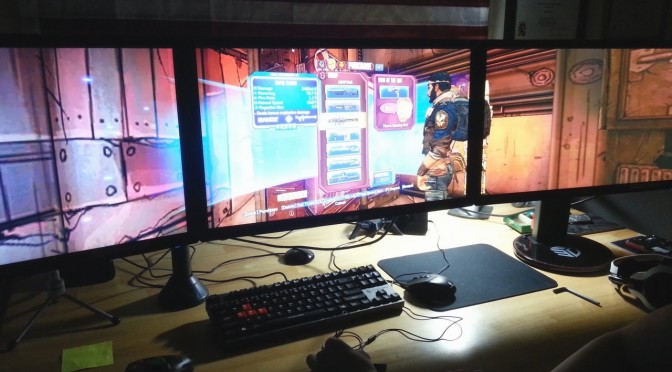Now this one is a bit on the advanced side of things, previously I have shown simple fixes to speed up your machine, but this one is a bit more difficult to setup. Today I’m going to be talking about SSD caching.
First things first SSD Caching:
Now what is SSD caching? SSD caching is using an SSD to actively store commonly used programs and documents for faster access. Now what makes this different from just saving everything to your SSD is that your system actively decides what programs need to be cached instead of just the programs you install. This helps if you are on a budget and have a small SSD. Now this will not help you if the program is already stored in your RAM as RAM is already fastest method for loading programs, unless you have DIMM SSDs and if you do, kudos to you for having more money than you know what to do with.
Also, if you are running a hybrid drive then you are already using a small ssd as a cache for an hdd. Hybrid drives are essentially this process but already built into the drive.
Alright that aside lets get started on setting it up. Now this tutorial is for Windows users only. I would write one for Linux users, but it is much more involved AND a small fraction of our readers are Linux users.
WARNING: IT IS BEST TO DO THIS ON A CLEAN INSTALL OF WINDOWS
Step 1: Boot into your BIOS and switch your SATA controller to RAID mode. Then Reboot your system.
Step 2: Install Windows on your Hard-Drive NOT the Solid-State. We’ll get to that later.
Step 3: Install all your system drivers including the Chipset drivers. As well as the RST drivers (Rapid Storage Technology). Your motherboard manufacturer should have all of these on their website, if you don’t see RST drivers this is a good indication that your motherboard is not compatible, although nearly all Intel Motherboards since the Z67 chipset have been compatible so do not worry. Reboot
Step 4: Intel RST should now be available in your stem tray. Open it, it should look like this when opened:
(Ignore the error message)
Step 5: Click the Accelerate button at the top of the screen and select the SSD to allocate how storage you want to allocate to Smart Response Technology.
Note: RST can only use up to 64GB so the rest of your SSD can still be partitioned for use.
Step 6: Now Select an SRT mode. I would advise using the Maximized Mode as you will get the best overall performance yield with this mode when it comes to read and write times.
Alright that about covers it. Now there are other ways to do this and you don’t have to have a clean install of Windows to do this, but you would want to back up your partition before even attempting this.
I was originally going to include RAID, but there are too many different RAID configurations to include in this guide so that will be saved for a later date.
Let me know what you thought of this article in the comments below, and if there are enough of you interested in how to do this in Linux I will create a guide for that as well. Thanks Again everybody!
Matt Followell is another contributing author here at DSOGaming. A long time fan of PC Gaming and a huge supporter of the open source and homebrew movement. You’ll see him interacting with the community from time to time going by the user-name of Radapples.
Contact: Email

